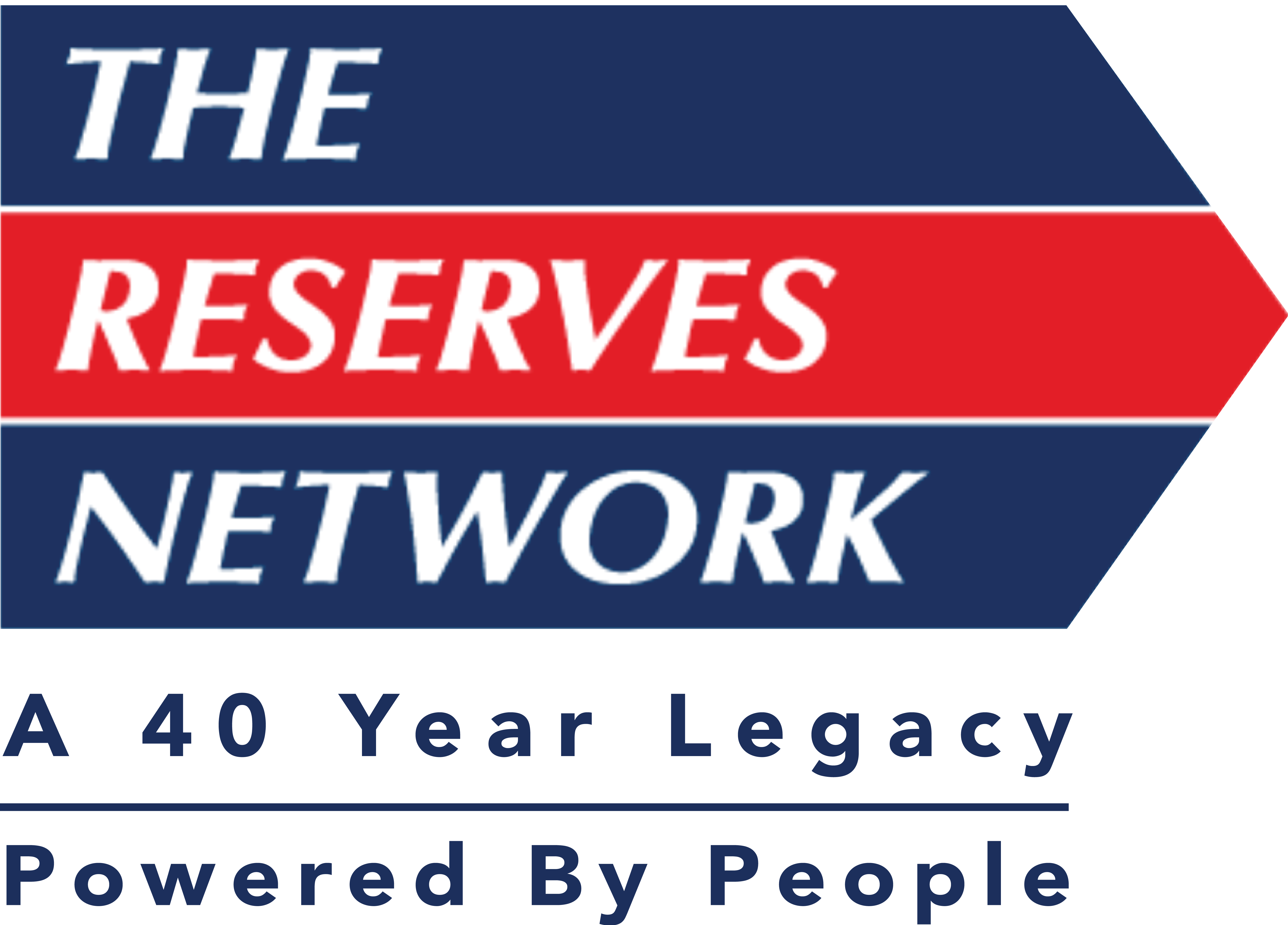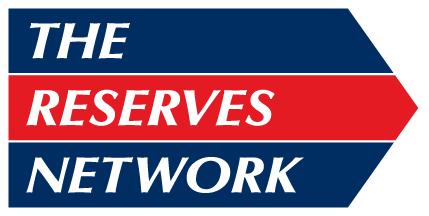Start the New Year With A Fresh Resume
Whether you are embarking on your first job search out of school or you are a seasoned professional, sometimes you need to start a resume from scratch. Maybe you don’t have one, maybe the one you do have is old and outdated, or perhaps you just want something fresh to work with. Whatever the reason, a new year is a perfect time to create a brand new resume.
First, Gather Relevant Information
Before you begin, collect all of the information you will need to include in your resume. This includes job history (with dates), the contact information you want to use, education, training, certifications, skills, other credentials, accolades, etc. Gathering relevant information will make the next step much easier.
Get Everything Into One Document
Without worrying about order, formatting or editing, get all of your necessary information into a document that includes:
- Heading: Name, address (if necessary), email address, phone number and LinkedIn URL.
- Professional summary: A brief paragraph that explains what you do and what you have to offer a prospective employer.
- Skills: List all of the skills you have that are relevant to the jobs you are pursuing.
- Experience: Your work history should include where you worked, how long, your most vital responsibilities and your achievements.
- Volunteer work: If you are active in your community, include it on your resume. It shows you are a well-rounded candidate.
- Education: List the degrees you have earned. You don’t need to list the years in which you earned them.
- Certifications: Include any professional or education certifications you hold.
- Awards and Accomplishments: Don’t be shy about mentioning awards and achievements. They show that you are a well-credentialed candidate who has been recognized for your accomplishments.
Choose Your Layout
Once you have gone through all of the legwork to list everything you need in your resume, it’s time to choose a format:
- Chronological: This is the most frequently used and presents your work history starting with the most recent job first.
- Functional: Focuses on skills and experience and is useful for people with gaps in their work history.
- Combination: This resume layout includes both your skills and your chronological work history.
Format Your Work
Now that you have all of your information and you know what order to put it in, it’s time to start formatting your resume. Remember, simple fonts work best. When arranging your work history and experience, list them in reverse order with the most recent job first. Make sure to use bulleted lists rather than paragraphs to make the resume easy to read. Use present tense verbs when writing about your current job and past tense verbs for previous jobs.
Proof, Proof, Proof
Before sending out your resume, proofread it and have at least two people you trust proofread it, as well. A resume with typos will get you disqualified during the application process.
Looking for a New Job in the New Year? Contact The Reserves Network!
If you are looking for great new job opportunities in the coming year, The Reserves Network can help. Browse our current job openings or contact us to learn more today.


